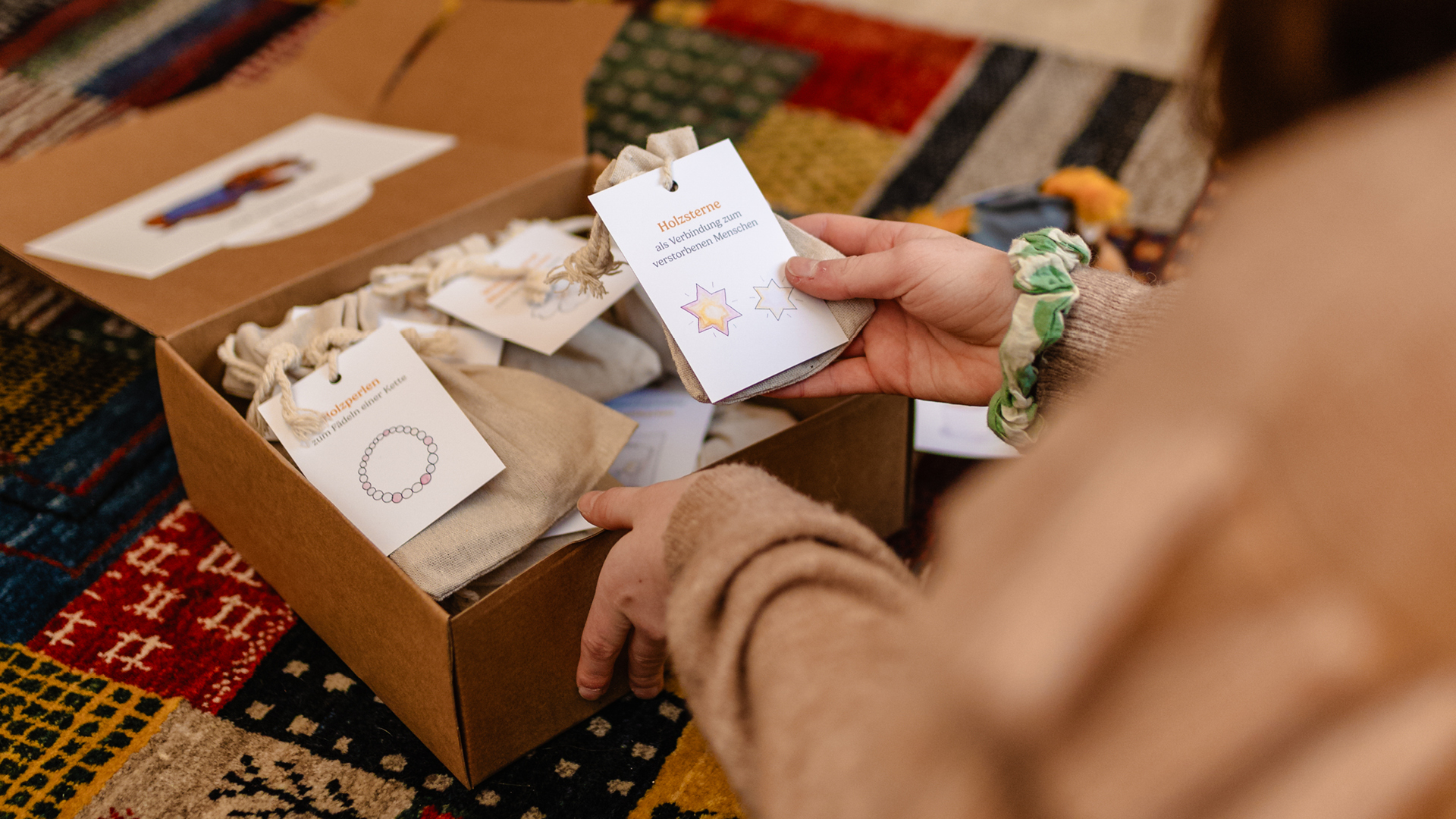Children and young people often experience the loss of loved ones, but grief is difficult to process in society. Suppressing grief can lead to post-traumatic stress disorder, causing long-term emotional and psychosomatic consequences. Supporting children through grief is vital, and the challenge is to provide an accessible, healing process for them to cope with their emotions in a healthy way.
Pferdinands Trostbox Sterntalerhof
Project owner: Sterntalerhof- Hospiz für Kinder und Familien; Sterntalerhof- Hospice for Children and Families
Responsible person: Claudia Horvath-Griemann

2025
2,000 Euro Prize
AT, AT
Civil Society / Social Economy
Education
Social welfare, health care

The Comfort Box emerges as a responsive tool supporting children through grief processes. Within its carefully designed contents are materials that help children confront death in age-appropriate, open ways. Experience spanning 25 years informs the box's approach to addressing children's questions, enabling them to use imagination for processing grief at individual paces. Professional social workers provide additional support to complement the box's resources.
A dedicated team manages the Comfort Box initiative, while logistics and shipping fall under the responsibility of a designated colleague working with a partner company. Phone support from social workers creates connections between families and regional support networks. Those directly affected by grief contribute to curating materials, with grieving mothers offering artistic elements to enhance relevance. Process streamlining continues as the project evolves toward greater efficiency.
Creating grief-support materials both for and with affected individuals represents the core innovation, resulting in resources that balance empathy with effectiveness. Critical emotional needs find support through the box's psychosocial approach, while family feedback drives continuous content improvement. Trainees across health, care, and social sectors will encounter this initiative through Sterntalerhof's new academy, multiplying its potential impact throughout these fields.
Funeral homes, hospitals, and psychosocial services now commonly recognize the Comfort Box as an essential resource. Crisis preparedness motivates many organizations to maintain demonstration boxes for immediate availability. Collaborative relationships have flourished through extensive networking efforts, while newly established regional acute grief counseling services drive increasing demand for specialized outpatient grief support targeting children and young people.